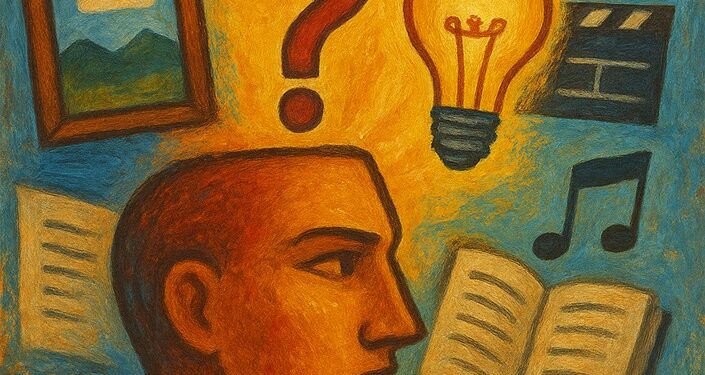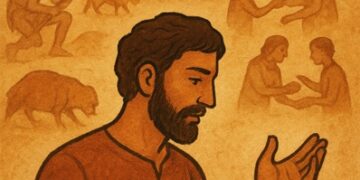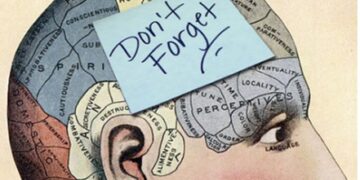Critical thinking is an essential part of human growth. It allows people to question, reflect, and develop new ideas. Art plays a vital role in this process. Through paintings, books, films, music, and other forms of creative expression, artists often explore complex or uncomfortable subjects. These works encourage viewers and readers to confront different perspectives, challenge their own beliefs, and think more deeply about the world around them.
Art is more than just beauty or entertainment; it is a reflection of society. Every painting, poem, or film captures a moment in time, recording human emotions, struggles, and stories. Art connects with people in different ways. Some learn best through visuals, others through words or sound. Artists serve as voices for those who cannot speak for themselves, offering new ways of seeing and understanding the world.
However, throughout history, art has often faced censorship. Governments, religious institutions, and other authorities have banned, destroyed, or silenced works they found offensive, dangerous, or politically challenging. One example is Pablo Picasso’s Guernica (1937), a powerful anti-war painting that was kept out of Spain until after the death of dictator Francisco Franco. Another is The Raft of the Medusa (1819) by Théodore Géricault, which caused scandal in France because it exposed a tragedy the government wanted to hide. These works, and countless others, remind us that censorship is not just about silencing artists, it is about silencing ideas.
When art is censored, society loses the chance to think critically. Silencing a piece of art also silences the questions it raises and the conversations it might inspire. Instead of banning controversial works, a healthier approach would be to engage with them, to debate, critique, and respond thoughtfully. Discussion and disagreement encourage understanding. They help societies face uncomfortable truths rather than hiding them. In doing so, we build a culture that values inquiry and growth over fear and control.
At the same time, freedom of expression must be balanced with responsibility. Some argue that certain forms of art can harm society by spreading hate, inciting violence, or promoting dangerous ideologies. In such cases, banning or restricting such works might seem justified to protect social values and public safety. Yet, this raises an important question: who decides what is “harmful”? History shows that those in power often use censorship to protect their own interests, not the public good.
Supporters of free expression believe that viewers should have the right to interpret and judge art for themselves, rather than leaving that power in the hands of authorities who may act out of bias or self-interest. A free and open society must trust its citizens to think critically, question responsibly, and engage with art thoughtfully.
Art and critical thinking go hand in hand. One cannot grow without the other. When we protect artistic freedom, we protect the very foundation of human progress, the ability to think, question, and imagine a better world.
- The author is a painter himself. To view some of his works, visit: www.artmajeur.com/aijaz






